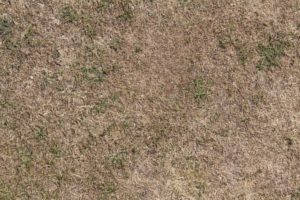
.
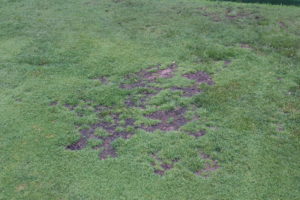 .
.
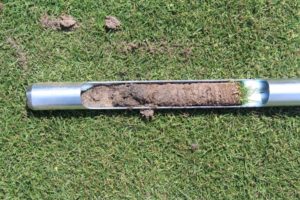 .
.
.
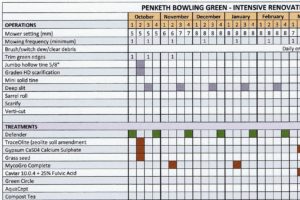
.
.
.
.
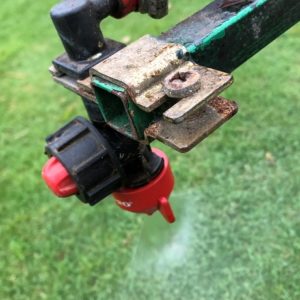
The purpose of this briefing document is to describe the work that needs to be done and the resources required to restore the green to a reasonable playing standard.
What is the problem?
The green is exhibiting the following symptoms which cause dissatisfaction with the green performance:
- The green speed is slow
- The surface of the green is not true
- The surface is not smooth and there are bare patches
What is causing the problem?
Our soil analysis revealed the following issues:
- There is a chemical imbalance in the soil, part of which limits the supply of nutrients to the grass.
- The biology of the soil is lacking the humus, micro-bacterial activity and fungi to support healthy grass root development. The thatch layer is thick, retaining water at the surface and reducing the pace of the green.
- The physical make-up of the soil is dominated by sand which affects the structural strength, drainage and nutrient, oxygen and moisture holding capability of the soil. This inhibits grass growth along with poor resilience to disease and adverse weather conditions.
What needs to be done?
A green development plan has been produced to restore the green to a healthy state.
There has been a lot of critical comment about the mowing of the green and the height of the cut. Of course, correct cutting is a factor but it is less of a priority when the grass is weak, poorly rooted and grown on a soil that is not providing the key elements necessary for strong growth. In these circumstances cutting the grass too short runs the risk of irreparable damage to the turf.
The plan addresses the weaknesses we have identified. The treatments we will apply will correct the chemical imbalances and encourage micro-bacterial activity. Oxygen is the most important bio-stimulant so frequent aeration is critical to the plan’s success.
These are the main actions required to implement the plan:
Restore the chemical balance, biology and physical structure of the soil to a healthy condition:
- Apply the treatments recommended by Bowls Central in the performance green program
- Acquire new broadcast spreader to commence granular winter treatments
Reduce thatch and aerate green:
- Heavy duty Graden scarification and aeration in October
- Treat localised dry patch and seed by hand
- Carry out slit tining aeration over winter period. Acquire a refurbished SISIS Autoslit
Maintain and develop the health of the green through the year:
- Acquire replacement mower with cassettes that will enable us to perform the tasks of aeration, scarification and slitting throughout the year.